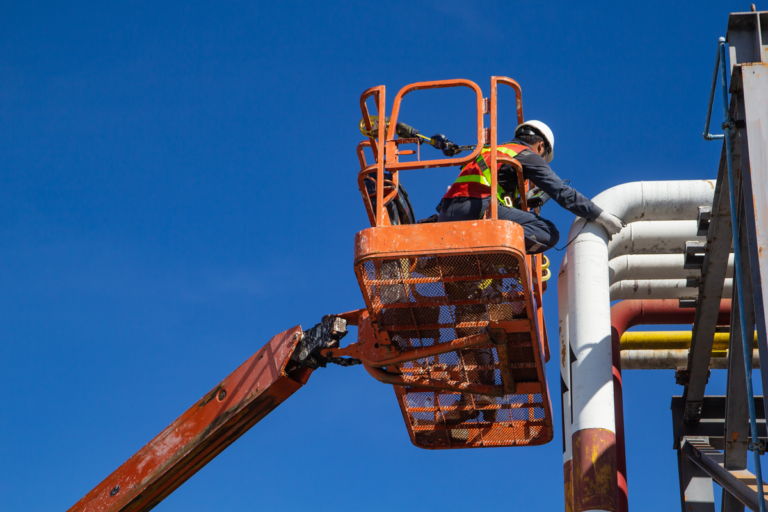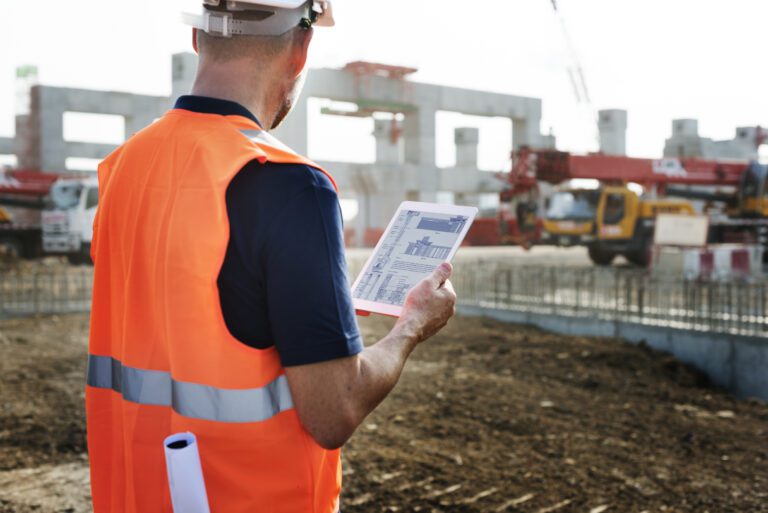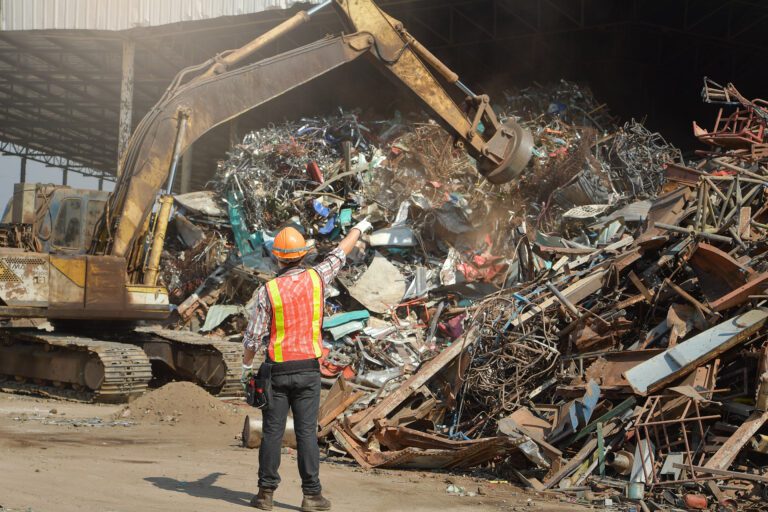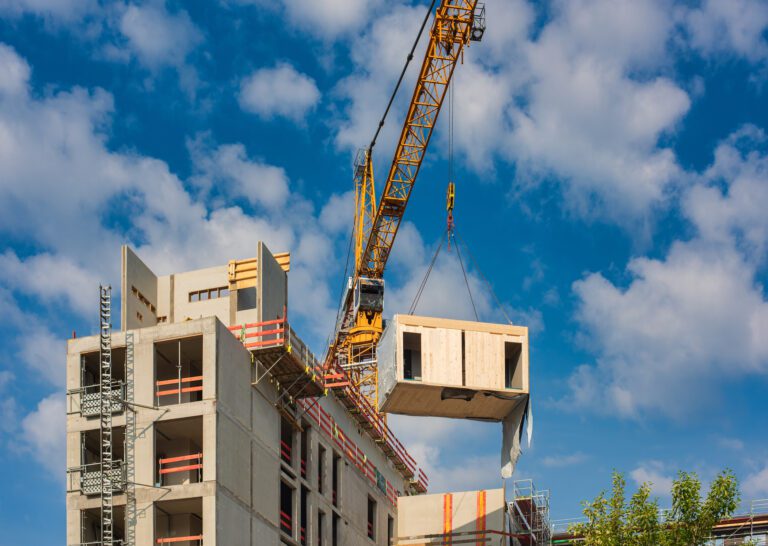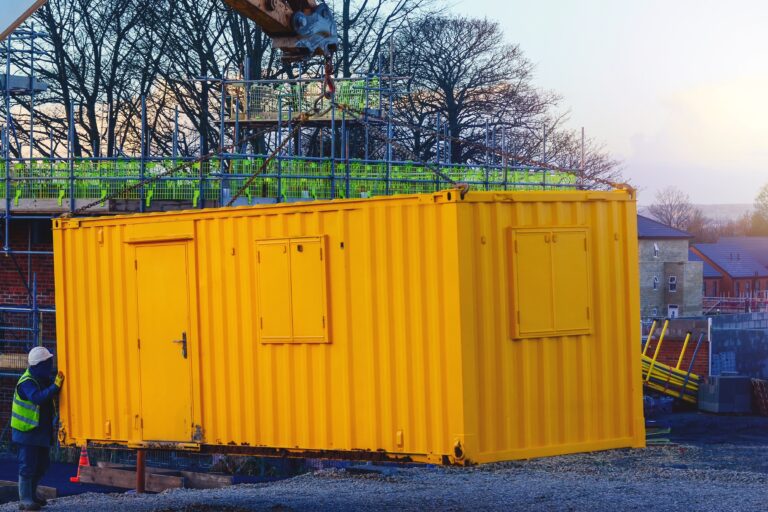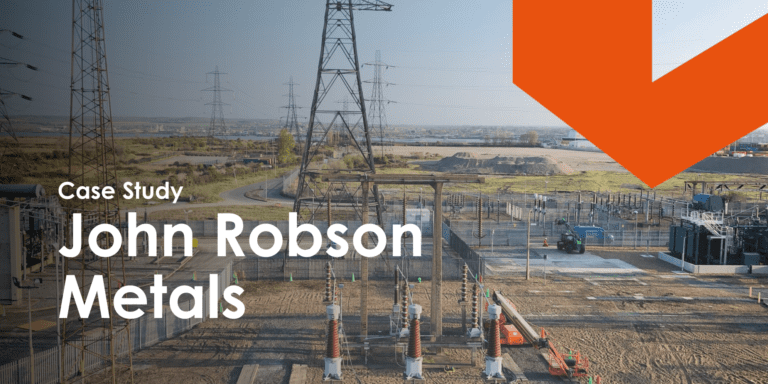14th November, 2023
Net Zero: How Construction Contractors Can Drive Change
Construction equipment, materials and inefficient processes are responsible for many carbon emissions. What can contractors do to drive change?
Net zero is the phrase heard across every building site in the UK. If we unpack this idea, many other phrases, like net zero buildings, construction sustainability, and net zero carbon construction, come to mind. These ideas are familiar, but they can be challenging to manage.
The construction industry is at the epicentre of a web of manufacturing, production, and distribution problems that contribute to the increasing production of greenhouse gases (GHGs).
The thought of tackling growing carbon emissions can seem overwhelming, but there are a few critical solutions that construction contractors, site managers, and procurement officers can implement in their day-to-day practices to drive change.
What Does Net Zero Mean?
In 2021, the UK government announced a strategy to reach net zero carbon emissions in all sectors of the economy by 2050. The government’s net zero strategy aims to establish an equilibrium between the amount of greenhouse gas we produce and the amount we remove from the atmosphere to slow down the pace of global warming.
Since the Industrial Revolution began, global warming has been on the rise. According to NASA, the average global temperature on Earth has increased by at least 1.1°C since 1880.
So, why do so many conversations about carbon emissions focus on the construction industry?
The Built Environment is Responsible for Around 25% of Annual Global CO2 Emissions
According to UKGBC, the built environment is responsible for 25% of UK emissions. Although, it is widely thought that the built environment is actually responsible for around 42% of carbon emissions in the UK.
Regardless, 25% is a sizable amount of carbon emissions, meaning construction projects are massive roadblocks on the UK roadmap to net zero. Buildings, construction equipment, and embodied carbon emissions all contribute to this figure, but, as we know, there is a lot more to the story.
Carbon from regulated energy uses (heating, cooling, ventilation, lighting), carbon from the operation of infrastructure (communication networks, waste treatment, street lighting), and carbon from unregulated energy uses (lifts, plug loads, IT servers) all play a part.
Let’s break this down in more detail.
Construction Materials Account for 82-96% Of the Carbon Footprint Of a Building
We can’t talk about the built environment without discussing materials. The cold hard truth is that the production and transport of construction materials account for 82-96% of the total CO2 emissions a building produces. The collection, creation, and distribution of construction materials is an invisible yet essential part of the UK roadmap to net zero.
Limestone is one of the biggest culprits because it is a crucial component of aggregate, cement, and building stones. Limestone processing is a time and energy-consuming process, so much so that one study suggested that switching to alternative energy resources could significantly reduce global GHG emissions.
Construction Activity Accounts for 10% Of the World’s Carbon Emissions
Of course, construction sustainability isn’t all about the materials and buildings. The process of creating massive skyscrapers, office blocks, and apartment buildings also takes its toll on the environment.
In fact, construction activity accounts for 10% of global carbon emissions. Grubbing, erecting scaffolding, grading, excavating, dewatering, clearing and removing materials, as well as any earthworks and pipeworks, fall under the umbrella term of construction activity. Even something seemingly insignificant as leaving heavy machinery idle between tasks can have a massive overall impact on the UK’s net zero strategy.
With such a large proportion of the world’s carbon production coming solely from creating buildings (with another large proportion from the built environment), it is no surprise that the construction industry is under massive scrutiny.
The Construction Industry Consumed 2.5m Tonnes of Diesel in 2020
In 2020, the UK construction industry consumed a gigantic 2.5 million tonnes of diesel, emitting 6 million tonnes of CO2, greenhouse gases, and other dangerous chemicals. The Construction Leadership Council has created a Zero Diesel Sites Route Map, which seeks to eliminate 78% of diesel in the industry by 2035, but there is still a long way to go.
Currently, 300,000 pieces of non-road mobile machinery are used in the UK construction industry. Earth movers, backhoes, cranes, pavers, excavators, and dozens of other essential pieces of construction equipment use diesel, which poses a significant threat to the UK roadmap to net zero.
Construction Sustainability Solutions
With all these moving parts, how are construction contractors expected to create and execute net zero-carbon construction plans?
Let’s take a look at the potential solutions.
Electrification of Construction Equipment
In the construction industry, electrification substitutes fossil fuel sources for electricity generated from renewable energy sources. Manufacturers will use solar, hydro, geothermal, and other renewable energy sources instead of the more traditional, highly polluting sources such as coal, gas, and oil.
Electrification of construction equipment, machinery, and vehicles is a viable solution to the energy crisis. It has the potential to significantly reduce the carbon emissions produced by construction activity and materials and, therefore, the built environment. If electrification were rolled out widely, net zero carbon construction could be a reality.
There are also massive benefits for contractors and companies that invest in electrification. In doing so, they are waving green flags to clients, investors, and industry officials. By planting themselves firmly on the UK roadmap to net zero, contractors can establish themselves as serious, socially conscious players in the industry.
However, there are many barriers to implementing electrification in the construction industry:
- Perception of cost. The perception is that hiring electric construction machinery costs more per day to hire than diesel machinery. However, the cost of supply chain inefficiencies far outweighs the upfront cost of hiring electric machinery.
- Supply and demand. Electric equipment is relatively new. Even if every contractor in the industry decides to switch to electric machinery, there would not be enough machines to meet the demand.
- Traditional ideas. Construction supply chains are complex and, unfortunately, are governed by outdated systems. The humble pen and paper are the default means of communication in the industry, and it can be challenging to convince main contractors that modern solutions are efficient.
- Sub-contractors have little leeway. Subcontractors might be responsible for procuring essential machinery but have little leverage to follow the electric mandate. Main contractors must be fully behind electric machinery before it becomes a reality.
Implement Decarbonisation Strategies
As mentioned earlier, materials produce many of a building’s carbon emissions. The solution is simple, but the path there is paved with obstacles.
To combat this issue, construction contractors must start decarbonising the materials they purchase and use. Decarbonisation does not necessarily mean the emissions are eliminated, but even a reduction would be a positive step toward the UK’s net zero strategy.
Here are two of the most thought-provoking decarbonisation strategies:
- Circular economy. The circular economy is based on the idea that we should only source, manufacture, and use materials and products that can be reused. If construction companies reduce, reuse, and recycle vital construction materials, they will make great strides in net zero carbon construction.
- Carbon capture. This process involves capturing carbon dioxide produced through construction activity, transporting it, and storing it underground. However, the process also creates many carbon emissions and, in one notable case, the overall carbon capture process only reduced a plant’s net emissions by 10 to 11%.
Improve Efficiencies with a Centralised Procurement Platform
One of the most significant barriers to construction sustainability is inefficient processes. Main contractors and sub-contractors are often misaligned, and precious time is spent sourcing what is needed for the job, which means the focus is often on managing communications rather than pushing for net zero.
Green initiatives are well-meaning but often fall to the wayside amidst high-priority concerns; finding suitable suppliers, chasing late deliveries, and making budgets stretch.
Besides, the construction industry is known for taking a more traditional approach to procurement (we see you, pen and paper). In most cases, the digital construction landscape cannot support carbon reduction initiatives. If you have ever been mandated to hire contractors and procure equipment and materials within a certain radius, you will be aware of this problem.
Even without a mandate, procuring specialist construction equipment is difficult. Contractors must find a supplier that stocks the necessary equipment at a reasonable rate and can deliver it on a set date. When you add a sustainability mandate to the mix, there is a whole load of extra hurdles. Contractors must satisfy all the above within a specific radius of their construction sites.
YardLink is Different
It is a centralised procurement platform that allows construction contractors and site managers to see all their orders in one place. Simply give us your requirements (including the mandated radius), and we will connect you to the closest available suppliers.
Do you need digger hire services within 10 miles? How about 20 tonnes of decarbonised materials within a 15 mile radius of your construction site? This sort of hyper-localisation is no problem for YardLink. Our comprehensive online platform allows you to place and track multiple orders for different projects and with different suppliers. We align our supply chain with your green ideals, supporting net zero carbon construction.
Want to learn more? This case study explores how Geo Green Power reduced its supply chain emissions with YardLink’s local supplier network.
YOU MIGHT ALSO BE INTERESTED IN

